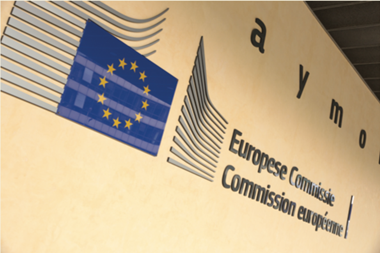The BT Pension Scheme (BTPS) has seen a drop in its total assets – to £37.3bn this year compared to £46.9bn in 2022 – despite an improved funding position, according to the scheme’s annual report and accounts for the year to 30 June 2023.
The scheme’s funding position, as the annual report showed, has continued to improve since the last formal valuation despite volatile times for financial markets. The scheme’s fall in value has been “driven primarily by increases to interest rates impacting the value of the scheme’s Gilt and bond holdings”.
However, this was offset by the decline in the scheme’s liabilities (technical provisions) to £41.0bn – £51.28bn in 2022 – and as a result, the funding position has improved to 91% (2020: 88%), according to the report.
The funding deficit as at 30 June 2023 stood at £3.7bn, which is in line with the projected position from 30 June 2020, when the deficit was £7.98bn, said Otto Thoresen, chair of the scheme’s trustee board, in the annual report.
“The value of the scheme’s assets and liabilities both fell over the period due to higher long-term interest rate expectations, and the impact of £7.6bn being paid out from the scheme in respect of benefits that were due to members. Over this period, the scheme’s hedging programme helped to protect our funding position against the impact of changes in interest rates and inflation,” he explained.
“Careful management of these risks enabled the scheme’s funding deficit to perform broadly in line with expectations, and based on the 2023 valuation outcome, the scheme is expected to achieve full funding by 30 June 2030,” Thoresen said.
BTPS, one of the largest company pension schemes in the UK with 263,447 members of which 210,359 are pensioners, has also conducted a recent valuation.
The team at BTPSM – the scheme’s primary service provider and now trading as Brightwell – worked closely with plan sponsor BT and trustees to develop and agree a triennial valuation to support the scheme in delivering its journey plan, and to allow BT to continue to implement its business strategy and provide a good covenant for the scheme, Thoresen added.
“The agreement, together with the ongoing de-risking of the investment strategy, builds on the previous valuation outcome, giving us greater confidence that we will achieve our objectives,” he said.
Investment strategy
BTPS’s investments are spread across a range of assets classes, the majority of which have been chosen to deliver more predictable, reliable income streams enabling it to fulfil its commitments to members. Its strategy includes measures to insulate it against the impact of changes in interest rates and inflation (hedging).
The scheme remains a significant investor in the UK with 67% of its total assets invested in UK Gilts, corporate bonds, property, public equities, infrastructure and private equity. This figure has increased over the past 12 months and is at its highest level in over a decade.
It also invests 71% in cashflow focused holdings, including sovereign debt, investment grade credit, sub-investment grade credit and cash, while 29% is in equity and equity-like holdings, including equities, property, absolute return and infrastructure assets.
Read the digital edition of IPE’s latest magazine























No comments yet